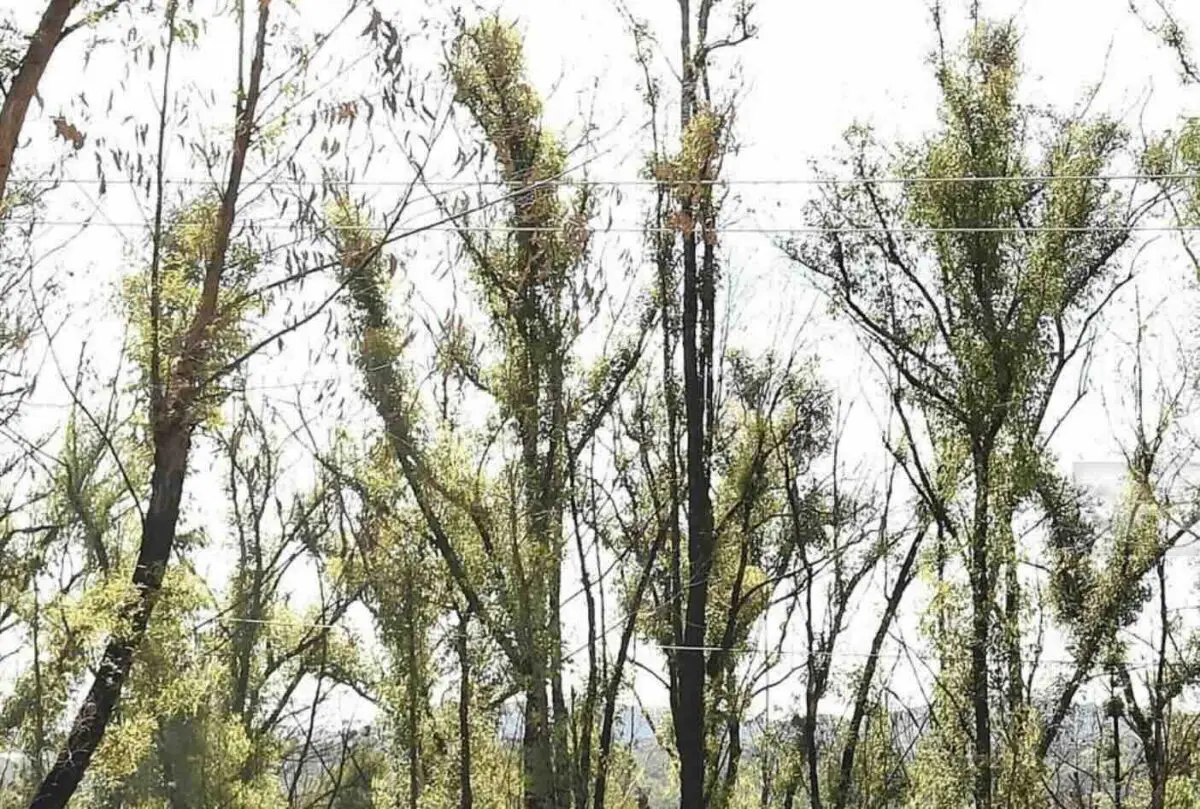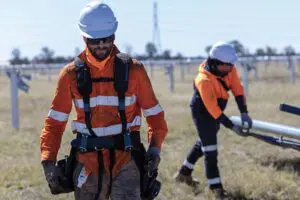Australia is at a “critical stage” in how it achieves net-zero carbon emissions as the federal government prepares to set a tougher 2035 target.
A carbon market industry report released on Wednesday forecasts Australia will become one of the world’s largest producers of carbon credits, with demand to jump to nine million in 2024 and peak at 31 million units in 2031.
Amid rising scrutiny, the inaugural Carbon Market Institute-Westpac annual report also warned that risks were increasing for companies who over-hype the use of carbon credits to offset habitat destruction and pollution.
Gilbert + Tobin Lawyers partner Ilona Millar, a report contributor who specialises in climate change and sustainability, said buyers of carbon credits have been facing increasing pressure and scrutiny from the public and investors.
The use of carbon credits must be a “credible” part of business transition plans and be properly disclosed, Ms Millar told a briefing.
“Companies could be exposed to litigation risks if they’re not transparent about the role of carbon credits and the type of credit used when they’re making claims about emissions reduction and carbon neutrality,” she said.
Report contributor Jo Sanson, from the Climateworks Centre within Monash University, said heavy industries must have a science-based business transition plan and use carbon credits where alternatives are genuinely unavailable.
“Our modelling is very clear. Land-based sequestration and the carbon markets that can support it cannot act as a substitute for deep emissions reductions across all sectors of the economy,” she said.
Polling found broad consensus that companies have a crucial role in the climate response, with more than three-quarters (77 per cent) of Australians expecting businesses to take responsibility.
Some 59 per cent agreed it was important for all political parties to declare strong 2035 targets before the next election, polling found.
“That’s an important part of the year ahead,” said John Connor, chief executive of the member-led institute, given the coalition was yet to declare its hand.
Mr Connor said net zero by 2050 still had bipartisan support but was “entering a critical stage” with businesses expected to do more.
He said the Climate Change Authority would set the markers for a more ambitious 2035 target in an issues paper due out shortly.
Climateworks urged the federal government to seek an 85 per cent reduction in emissions by 2035 – compared to 2005 levels – to be in step with international goals for limiting global warming to 1.5 degrees.
Ms Sanson said agriculture would have a “huge role to play” but warned business as usual on land use would mean failure on climate targets.
She said competition would be fierce with an increase of up to eight times the existing level of land-based sequestration needed by 2050.
Meanwhile, environmental futures contracts are in the works to serve the markets for Australian carbon credit units, renewable energy certificates and New Zealand carbon units.
These will scale-up carbon and renewable energy trading markets, accelerating the speed of the net-zero transition and lowering costs, according to the ASX.
Source: AAP










